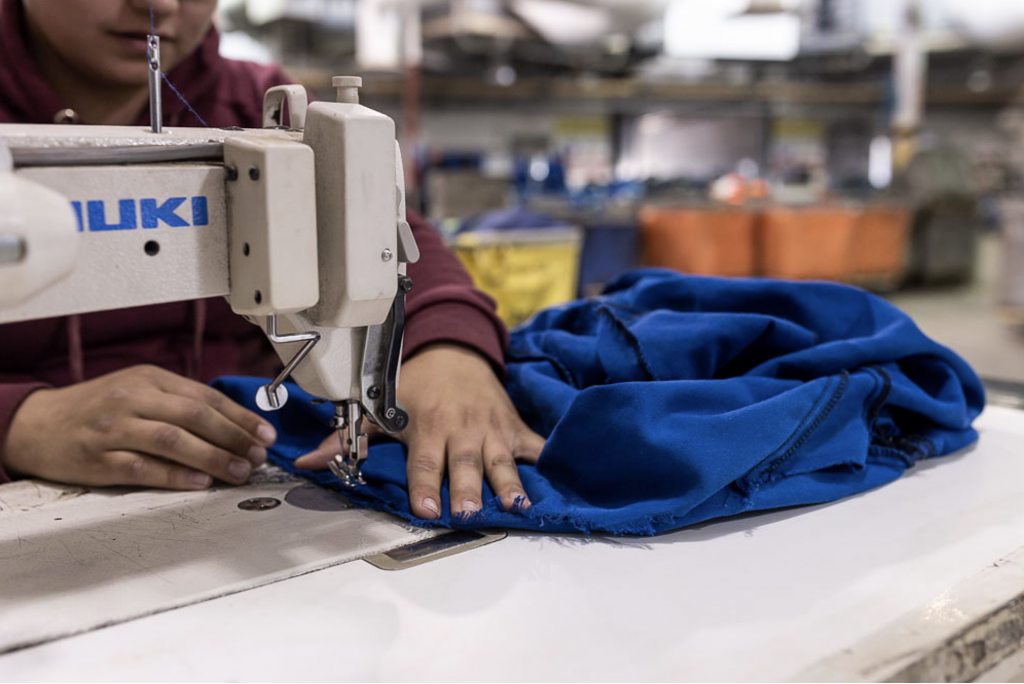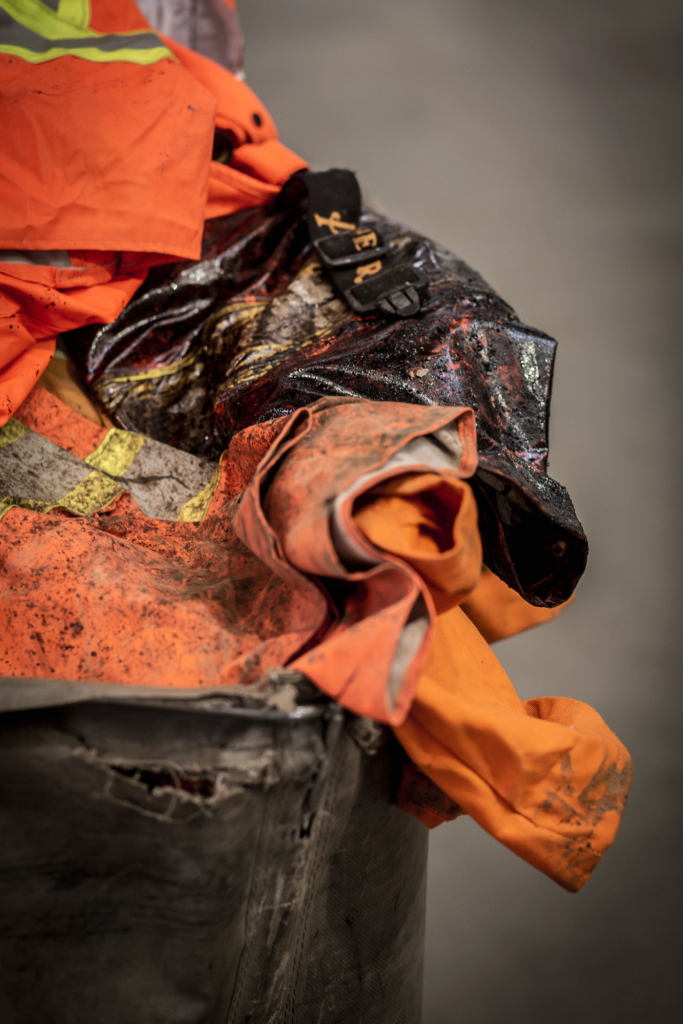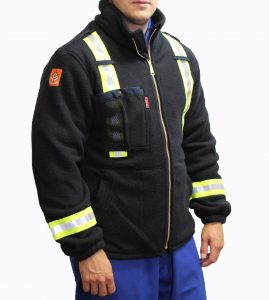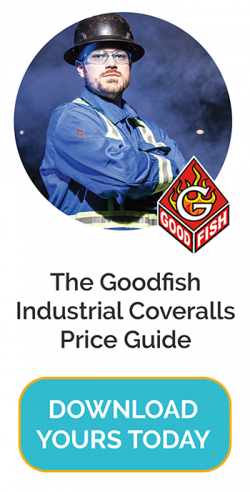
The wearing of flame resistant (FR) and personal protective equipment (PPE) at hazardous workplaces has become the norm and is largely adhered to by employers and employees. But when it comes to donning PPE in extreme weather, especially winter, there is often a tendency to be careless. This kind of laxity can compromise the effectiveness of safety gear and the extreme cold can further compound the danger to the wearer.
Also, with studies showing that cold weather leads to a slump in productivity, it becomes extremely important to ensure that workers stay warm and comfortable to be able to perform their duties to the fullest extent. A little bit of preparedness can help you arrive at the best solution for your specific requirements. From assessing the kind of cold weather exposure your employees will face to selecting appropriate winter wear PPE, there are a few other things to consider.

Is Layering the Way to Go?
It’s true that layers can help your employees stay warm. Dressing up in layers lets the workers add on when extra protection is required. Similarly, they can strip off layers if weather conditions improve or the workload eases. But layering can often restrict movement and it works best when one does not have to move around much. However, there are some tips and tricks to getting layering right. Here’s how:
- – Ensure that the clothing worn as the base layer is made of some kind of moisture-wicking material. This is especially helpful when the wearer begins to sweat. The advantage of using such special fabric is that it soaks the moisture from the skin and moves it to the item of clothing. This can help prevent the wearer from shivering due to wearing damp clothes under their safety gear.
- – The clothing worn in layers should fit comfortably and not tightly. Tight clothing can limit movement and reduce the insulating effect of layers. Outer layers need to be slightly larger than the previous layer to facilitate flexibility and comfort.
- – A light, insulating layer should be worn over the wicking layer. Fleece and wool sweaters are a good fit here.
- – This must be followed with a heavy insulating layer before finishing up with a windproof and waterproof outermost layer.
- – Layering should not be restricted to the torso. You must also layer other parts of the body, including the head. So don a balaclava or a fitted ski mask and put on a toque over it. This is especially necessary if you have to wear a hard hat as part of your safety gear.
- – Thin gloves can be worn under work mitts or reinforced gloves. This can help keep your hand from going cold when you need to remove the mitts or outer gloves for detailed work.
- – Layering socks can help keep the feet warm inside sturdy boots. Ensure that the boot size is slightly larger than what is normally used to accommodate the layered socks.

Winter PPE Program
Apart from providing winter appropriate workwear, it is necessary to put in place a winter PPE program. It is essential to ensure that employees do not stay outdoors in extreme weather for an extended period of time
- – Tweaking schedules – Move around starting times and bring in rotation shifts to minimize the time spent outdoors by each worker. You could also introduce more breaks during the workday so they can get inside more often and warm up before having to step out again.
- – Little touches – Introduce thoughtful little amenities such as hot chocolate counters and microwaveable soups or teas in the break room or warm areas. It is the little things that often matter the most.
- – Provide relevant training – Employees must be trained to recognize signs of cold weather distress such as frostbite and hypothermia.
- – Adequate PPE maintenance – Extreme cold temperatures together with ice and snow can cause wear and tear of PPE. It is necessary to ensure that protective gear is cleaned in an appropriate way so as to retain its unique characteristics. Signing up with a reliable commercial cleaning service such as Goodfish can be the best solution here.
These are just some ways of ensuring that you provide a safe work environment for your workers even during the harsh winters. Just be sure to double check that the equipment you use and the PPE program you implement are in keeping with guidelines set by the local regulatory agencies.



 Your privacy is important to us, and we are committed to protecting your personal information.
Your privacy is important to us, and we are committed to protecting your personal information.